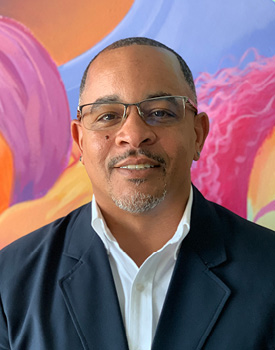Our People Matter: The Power of Employee Engagement – view our presentation

Last week at NATCON in St. Louis, Missouri, the largest national conference in mental health and substance use treatment, Jenny Livelli and Elizabeth Garcia presented a poster session: Our People Matter: The Power of Employee Engagement.
Employee engagement is crucial in today’s workplace as it fosters productivity, innovation, and a positive work culture ultimately leads to higher retention rates and organizational success. Engaged employees are more likely to be committed, collaborative, and actively contributing to the organization’s goals and objectives.
In response to troubling workplace trends, The Children’s Guild proactively initiated measures to lay a positive foundation. This presentation outlined the steps taken during this process and the subsequent outcomes achieved.
Click here to view the presentation and you’ll also find free tools and resources you can download and customize for your organization.
Watch this 60-second video which outlines the process of our listening tour and how it has played a critical role in retaining our staff.
Nearly 100 visitors stopped by during their 30-minute session to learn how The Children’s Guild set “listening” as more than just a policy, but the foundation of building belonging in our organization to build community which is the key to our collective success. Hundreds more will have access to the presentation for a full year via the National Council website.
Beyond explaining our listening tour, this presentation shared 5 tools TCG is using to ensure employees feel heard and recognized:
- Energy Check: helps everyone in a meeting take a moment to become present to themselves and the other participants.
- The Scoop: organizational newsletter to streamline internal communications.
- Town Halls and DEI Town Halls: held monthly across various topics.
- Meeting Norms: standardize what is expected in video and in-person meetings.
- Culture Card: short, daily meetings to review values, policy and give shout-outs.
One of our participants said it best, “There is a shortage of qualified workers in our industry, so retaining our current staff is critical so we can operate successfully and provide families the care they desperately need”.
Employee recognition has become a key element of our culture at The Children’s Guild. From informally celebrating our “good news” and successes, to official Awards at our Annual Summit, we are now more likely to recognize what we do well and be proud about it.
Following the implementation of these and additional initiatives, notable improvements have been observed, including heightened trust between front-line staff and management, enhanced staff recognition, and increased engagement. We hope you find success, too! Our team is the foundation and backbone of our good works – let’s do this, together!













